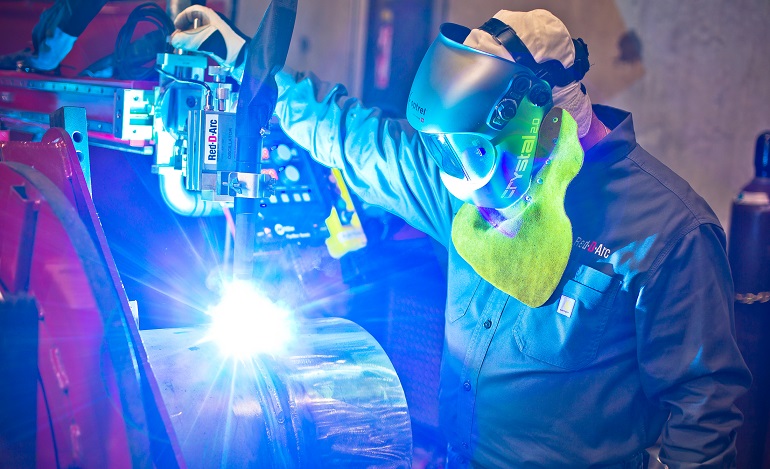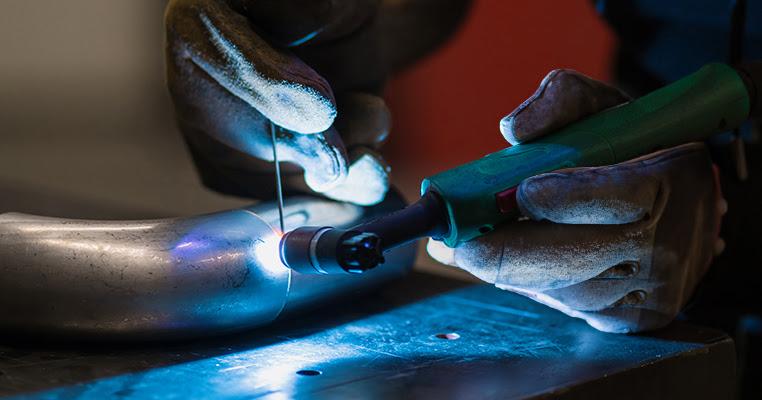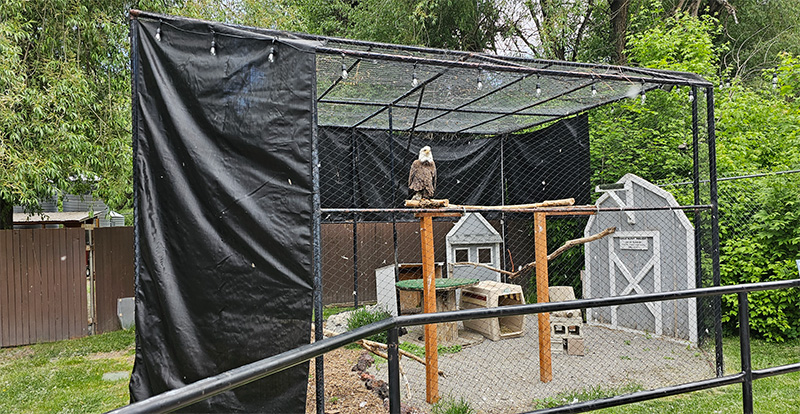How to Optimize Workflow with Multi-Process Welding Equipment

Contents
Welding is a critical process for fabrication and repair throughout the industrial world, but it’s inappropriate to treat all welding as the same. There are many different kinds of welding, from friction welding to laser welding to arc welding and all of its variations, all of which have their pros and cons.
In fact, part of the challenge of being a professional welder operator is knowing what process to use and when. Sure, sometimes you have a welding specifications document on hand, but most of the time, you’re left to use your own judgment.
Step one of any project is determining which process to use. When you’re working on a variety of different projects throughout a given day, you’re likely to be switching processes regularly. Traditionally, this would involve wheeling out new machines, storing away the machine you just finished using, or even moving a project from place to place so it can be accessed by different workstations.
Fortunately, this is no longer necessarily the case. Multi-process welding equipment is available as a way to optimize your workflow and pack an outsized punch into a small package. They aren’t necessarily perfect machines, but the benefits go a long way toward making your workflow faster and more optimized. Read on to learn more!
What is a Multi-Process Welder?
A multi-process welder is a piece of equipment designed to be versatile and capable of performing a variety of different welding processes all in one machine. Since different projects require different welding techniques, having access to all of those techniques in a single machine (rather than several different machines) can dramatically speed up and streamline the project.
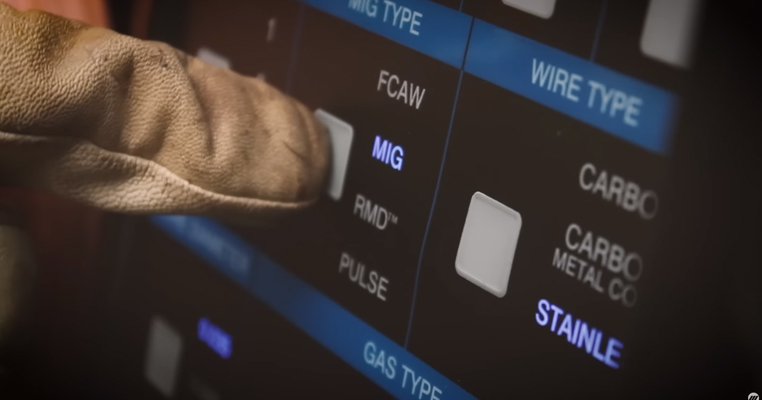
The actual machine of a multi-process welder isn’t all that different from a standard arc welder. It has a core machine with an interface, usually computerized. It has various cables and cords running from the machine to other locations, like a power supply, a gas supply, and the torch you use to perform the welding itself. The key difference is in the internals of the box.
A standard welder handles current in one specific way or can be switched between a couple of different options, such as AC, DCEN, and DCEP. Other than that, there’s not much tuning you can do beyond things like wire feed speed, gas pressure, or current amperage. A multi-process welder takes every feature of each of the major kinds of arc welding – stick, MIG, TIG, etc.) and puts them all into one package.
After all, when the difference is the presence of a transformer, inverter, or gas controls, it’s easy to add those additional features when 90% of the base machine is already there.
What Are the Benefits of Using a Multi-Process Welder?
The single most important benefit of a multi-process welder is, of course, the fact that it can handle multiple different processes in one package.
This is a pretty big benefit in some situations. For example, if you operate a shop that does a lot of widely varied repairs and small-scale fabrication of different materials, you’re likely to need to be flexible above all else. Being able to set a few settings and get to work is a lot easier than needing to identify the project and haul out the appropriate machine to do the job. It’s also hugely beneficial to those who travel for their jobs; hauling one welding machine around is much easier than hauling three or four different machines.
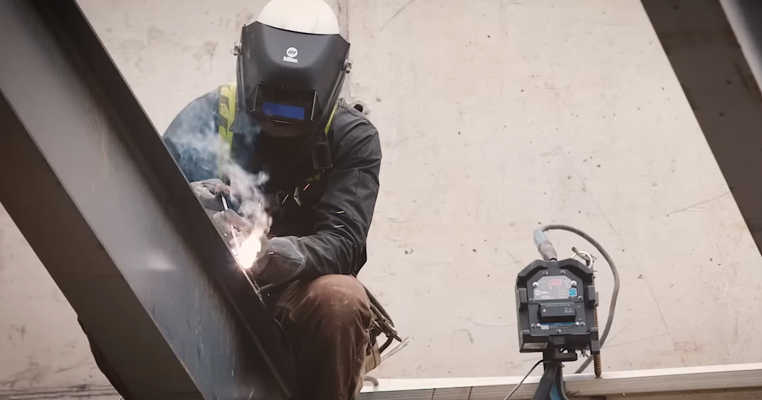
On the other hand, a multi-process welder doesn’t do you much good if you only ever really use one process. For example, a fabrication facility that makes millions of a single part, repeating the same welding operations over and over again, isn’t going to benefit from their machines being able to switch to a different method mid-day. Unless, of course, the facility is a make-on-demand facility that can switch processes to pump out a million different kinds of parts smoothly.
All of this has the added benefit of increasing efficiency. When all you need to do to switch between MIG and TIG is adjust a few settings and change the tip of the torch, you can switch between projects in a much shorter amount of time. This is much easier than having to swap machines entirely.
Another benefit is related to cost. While a single multi-process welder is generally more expensive than a single one-process welder (of equivalent quality), it’s often cheaper than purchasing 3-4 different welding machines to cover the processes you need to handle. Now, a multi-process welder may be slightly lower quality than an equivalently-priced single-process welder, but the difference is unlikely to be meaningful in all but the longest scales.
There’s also an element of safety involved. Using a multi-process welder means the welder you’re using will always be the right one, assuming the settings are configured properly. This means there’s less of a chance of accident or injury caused by using the wrong machine for a job. That said, this is only a benefit if the machine is used properly; you can still choose the wrong process for a job if you don’t know any better.
Speed, versatility, and efficiency are all the name of the game when it comes to a multi-process welder. However, they aren’t perfect machines, and there are some drawbacks that are worth considering.
What Are the Drawbacks to Multi-Process Welding Equipment?
While multi-process welders have a lot of benefits, they can also have a few drawbacks.
First and foremost, while there are many different kinds of welding, only some kinds can be packed into a multi-process welder. They are inherently limited to arc welding. Other processes – like friction stir welding, laser welding, or electron beam welding – can’t be packed into the same machine because they operate on fundamentally different processes.
Some multi-process welders can handle more flexible options, like brazing or oxy-fuel welding. Others can’t. In general, the more expensive and the higher the quality of the multi-process welding machine you buy, the more capability it will have.

Another significant disadvantage of using a multi-process welder is that it groups everything into a single point of failure. If you have multiple welding machines and something breaks in your MIG machine, you can still pull out your TIG machine and get to work on projects that require it. If something breaks in a multi-process welder, the whole machine is down. You can’t switch between modes if something critical to all of them is broken.
Multi-process machines are, of course, more expensive. That said, if you shop around, you can often find a multi-process welder for only a hundred dollars or so more than buying the equivalent machines to combine into one. That is, if you look for a multi-process welder that handles MIG and TIG, it will cost roughly the same as buying a MIG and a TIG machine separately, with a slight surcharge for convenience.
All of this goes out the window when you shop around, look for deals, and wait for sales. Just like anything else, welding machines can go on sale for holidays and events, and different machines will go on sale with different discounts. Pricing is hard to compare simply because there’s so much variability to it all.
Another consideration, which isn’t necessarily a pro or a con, is that multi-process welders that use different kinds of gasses will be a bit of a hassle to manage. Whether you can just use ambient air, need a helium/argon supply, or need something with CO2 in the mix, you’ll likely need to swap gas supplies fairly regularly. Multi-process welders usually make this easy, but making sure you have ready supplies of multiple different kinds of gasses can be a bit of a hassle.
The same goes for consumables. Different welders need different kinds of consumables, and you’ll likely be switching them out regularly. This can be tedious and time-consuming, so looking for a multi-process welder that makes it easier can be a huge benefit over time.
Finally, a multi-process welder simply doesn’t make sense if you only ever really use one process. If you don’t need TIG capability, getting a MIG/TIG machine doesn’t make sense compared to just getting a good MIG machine.
Tips for Shopping for Multi-Process Welding Equipment
If you’re in the market for a multi-process welder, there are a few things you should keep in mind when you’re shopping.
First, keep the brand name in mind. In many areas of commerce, the off-brand or “store brand” items are just as good as the name brands. In something like welding equipment, though, the brand name means something. Often, the off-brand equipment is going to be substandard in some way, often with an inability to put out the rated amperage. This can be very meaningful in welding, so be sure to double-check and tune your expectations appropriately. A good, trustworthy multimeter is a must.
Off-brand and cheap multi-process welders are also usually made of sub-quality parts. While they’ll work fine for the most part, they’re more likely to break and break sooner than a name-brand machine would.
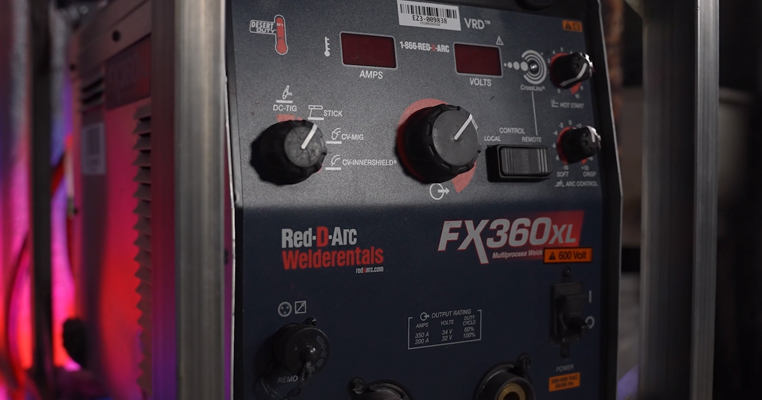
We aren’t brand loyalists here. Our list of available multi-process welders contains many different options. We vet our machines and make sure they’re in good working order, of course, but if you’re purchasing a machine on your own, be sure to keep quality in mind.
Another consideration is that TIG is a process that can be done on both DC and AC. Some multi-process welders, particularly the cheaper options, can do TIG welding but only on DC; they can’t handle AC. That means, in particular, you’re going to have a difficult time welding aluminum with the machine. If you need to handle aluminum TIG welding, make sure you’re getting a multi-process welder that can handle AC, not just DC.
There’s also the duty cycle to consider. The cheaper the machine, the worse the duty cycle is going to be. The duty cycle is usually listed as a percentage, which is the amount of time of a ten-minute period that the welder can operate continuously, with the remaining time being cooldown time. So, a welder with a 40% duty cycle would be able to operate for four straight minutes before needing at least six minutes to cool down. This is based on a specific amperage; at higher amps, the duty cycle drops, and at lower amps, you can run for longer.
Good machines have built-in safety features to ensure that the machine doesn’t overheat and stays off while it cools, but cheaper machines might not. Understand and know the duty cycle of any machine you get.
How to Find the Best Multi-Process Welder for You
If you’re looking to expand the capabilities of your shop, add new skills to your skillset, or just invest in a single machine that can handle everything you want to handle, finding the right multi-process welder can be an ordeal. There are many different brands and even more different models within each brand, and the variation can be a challenge to even envision, let alone sort through.
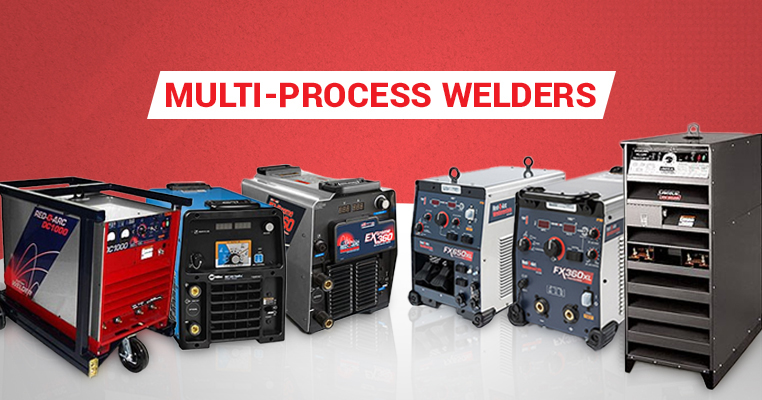
We offer a solution. Instead of combing through welders, reading reviews, and building a theoretical list of good welding machines, why not just try a few out?
Our welding equipment rentals allow you to browse through a variety of multi-process welders that we’ve vetted and made sure are high-quality. For a low price, you can rent the machine and give it a try. Evaluate it in person, in use, with the actual use cases you have. See if it saves you time and money if it streamlines your workflow, and if you like the features it offers.
Then, if you like it, you can buy one of your own, new or from our used equipment sales. If you don’t like it, simply return it and rent a different one to try. All in all, it’s a simple way to make sure you have the best equipment for your shop or facility. Get started by clicking the link above, or reach out to us with any questions you may have.

Red-D-Arc Welderentals™ an Airgas company rents and leases welders, welding positioners, welding-related equipment, and electric power generators – anywhere in the world. Our rental welders, positioners and specialty products have been engineered and built to provide Extreme-Duty™ performance and reliability in even the harshest environments, and are available through over 70 Red-D-Arc Service Centers, strategically located throughout the United States, Canada, the United Kingdom, France, and the Netherlands, as well as through strategic alliances in the Middle East, Spain, Italy, Croatia, and the Caribbean. From our rental fleet of over 60,000 welders, 3,700 weld positioners, and 3,700 electric-power generators, we can supply you with the equipment you need – where you need it – when you need it.
